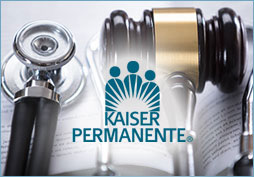What to do if hurt as a passenger in an Uber accident
Ridesharing is a service that arranges one-way transportation on short notice. The two biggest ridesharing companies are Uber and Lyft.
While both Uber and Lyft offer their riders a convenient and cashless way to get around, these services have also raised legal and safety concerns by blurring the boundaries between commercial vs. personal driving.
Before scheduling a ride with Uber or Lyft, you should be aware of the following:
- Both services require their drivers to have personal car insurance
- Both services provide additional insurance coverage for accidents when drivers are using their apps
Those hurt as a passenger in an Uber accident can file a personal injury lawsuit against Uber and conceivably other parties to receive compensation for injuries including hospital bills, past and future medical bills, time off work, and pain and suffering.
Practice Areas
Who is at fault?
If you were hurt in an Uber accident and want to bring a lawsuit for damages, you have to be able to prove liability; in other words, who is at fault for the accident and your injuries.
There are a few different scenarios to consider if injured in an accident and an Uber driver was at fault.
If the accident occurred when the driver was picking up passengers or during a ride.
If the driver was not using the Uber app at the time of the accident, you are limited to filing a claim with the driver’s personal insurance.
If the other driver was at fault, they should be legally responsible for paying any accident-related injuries and/or losses.
Unfortunately, many people are in violation of the law which states they must carry insurance to drive in California. To address this issue, the California Vehicle Code requires Uber and Lyft to carry $1 million in full liability coverage insurance which applies the moment a passenger gets into an Uber car until they exit that vehicle.
The value of your legal claim vs. Uber depends on various factors, including:
- Past and future medical expenses
- Past and future lost income
- Severity of your pain and suffering
Testimonial
What you need to do
If you or a loved one is a passenger in an rideshare accident, here are the first steps to take:
- Seek medical attention
- Gather all important and relevant information
- Document the scene
Other documentation to support the severity of your injuries may include hospital and medical records of any injuries including, but not limited to, lacerations, broken bones, spinal cord or traumatic brain injury, or soft tissue injuries.
Proving liability in legal cases involving injuries sustained as a passenger, other driver, bicyclist, or pedestrian is complex. And every insurance company will try to limit or deny the claim. Contact a personal injury attorney for a free consultation to review your lawsuit with no obligation on your part.
Kaiser Arbitrations

